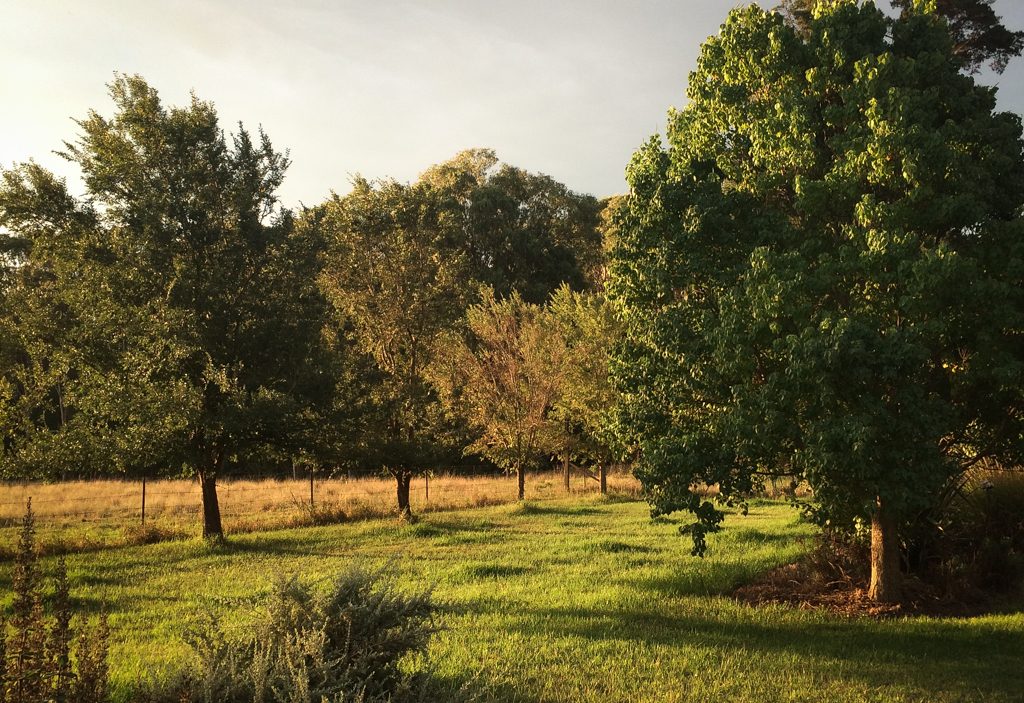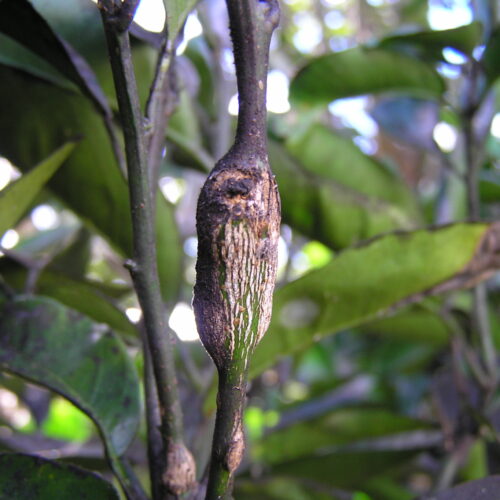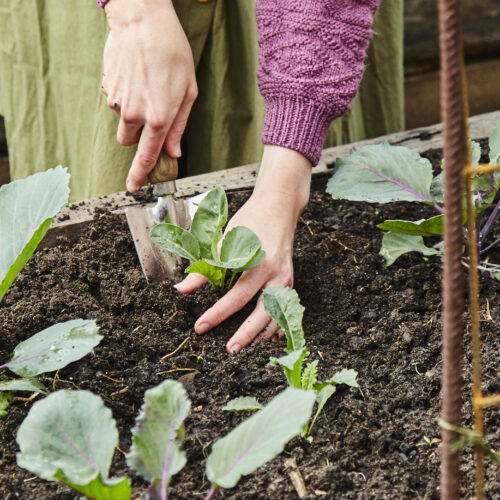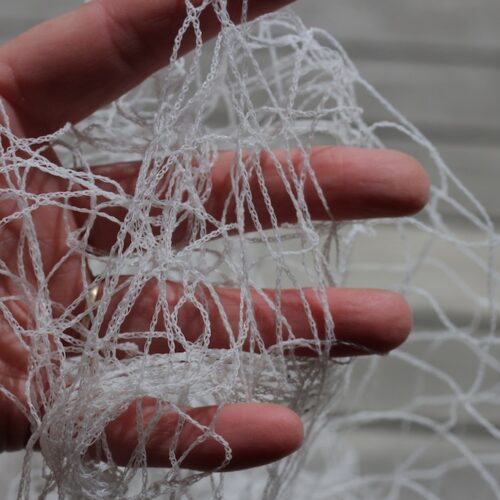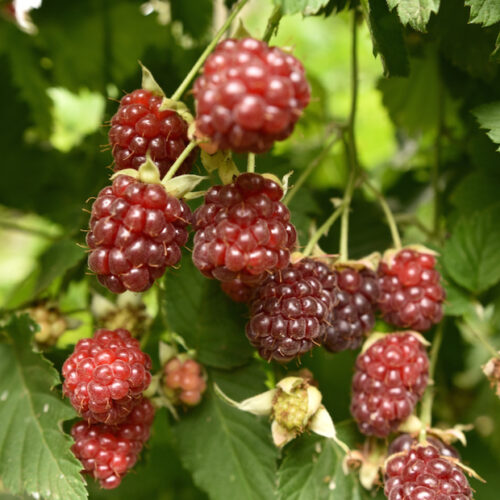Gardening jobs for April
2018-03-29T00:25:31+11:00
With its golden light and pleasant working conditions, autumn is a magical time of the year to be gardener, says Justin Russell.
When I designed my garden, I roughly planned for it to be at its best in November and April. To be honest the November thing is a hit and miss affair that is highly dependant on whether we get spring rains. Some years we do and the garden goes gangbusters. Other years it’s dry as old boot leather and the garden gradually fizzles out as spring progresses.
But when it comes to April, a kind of alchemy takes place. As the light begins to soften and the air temperature cools but the soil remains cosy and warm, the garden puts on a burst of fresh growth that happens to coincide with the last of summer’s vegies and the ripening of fruit like apples, pears, figs and feijoas. The result is pure magic, especially at the golden hour before dusk. I live for April.
Speaking of fruit trees, most of the mail order nurseries start taking orders this month for delivery of bare-rooted plants in winter. Have a wander around your garden with notebook in hand and write down some ideas for trees that might fill gaps in the garden. Then browse the nursery websites, a pleasure in itself, and make your selections, paying attention to pollination needs for each plant.
Once you’ve ordered, set about preparing planting sites. In good quality soils, all you really need to do is correct any pH problems, and dig a reasonable sized hole about 40cm deep and wide. Backfill, cover with mulch and let the site settle. If your soil is poor, mix a couple of 10L buckets of compost or rotted manure, along with a few handfuls of rock minerals into the hole before backfilling. When your trees arrive you’ll be able to get them straight in the ground.
The idea that leaves fall only in cool climates is a myth. In reality, evergreen trees drop leaves all year round, especially if they get dry and stressed, while deciduous trees have a major leaf fall in autumn when daylight hours and temperatures reduce. Don’t make the mistake of seeing fallen leaves as a problem. They’re a resource, a valuable source of fertility. Gather them up, run them through the mower or a shredder, and either throw them back onto garden beds as mulch, or compost them. Get rid of your green waste bin!
If you’ve planted brassicas such as broccoli and cabbage in the vegie patch, you’re probably having issues with two pests – slugs/snails and cabbage white butterflies. Slugs can be controlled by sprinkling certified organic baits around vulnerable plants, or by using beer traps to lure them to a wonderfully boozy death. Cabbage whites can be controlled by picking off caterpillars by hand, throwing an exclusion net over plants, or by spraying every couple of weeks with Dipel.*
Every gardener has their nemesis and mine is the common brushtail possum. They might look cuddly, but these marauding pests have had a smorgasbord feast in my garden so far this autumn and I’m at the point where nearly every half tasty crop has to be netted each night for protection. The situation is so out of hand I’m going to start trapping and releasing the blighters, which isn’t an ideal situation (but neither is having your food eaten before it’s even picked). If this doesn’t work, I plan to try an ultrasonic device that some people claim does a great job of deterring them. If they’re causing problems at your place, try these solutions and let me know how you go.
Finally, some quick ideas for your next April garden potter. Harvest apples. Feed native plants with low-phosphorous fertiliser. Break up clay soil by throwing on gypsum. Propagate succulents by taking leaf cuttings. Prepare rainwater harvesting systems for winter rains. Plant watercress for zippy winter salads. Plant coriander for zingy winter stir fries. Keep the water up to citrus trees as the fruit ripens. Pull tomato plants before the arrival of frost and hang them upside down in the shed to ripen.
That’s plenty to keep you occupied. Catch you all next month!
*There is also anecdotal evidence that white eggshells on bamboo poles around brassia plants deter white butterfly.

